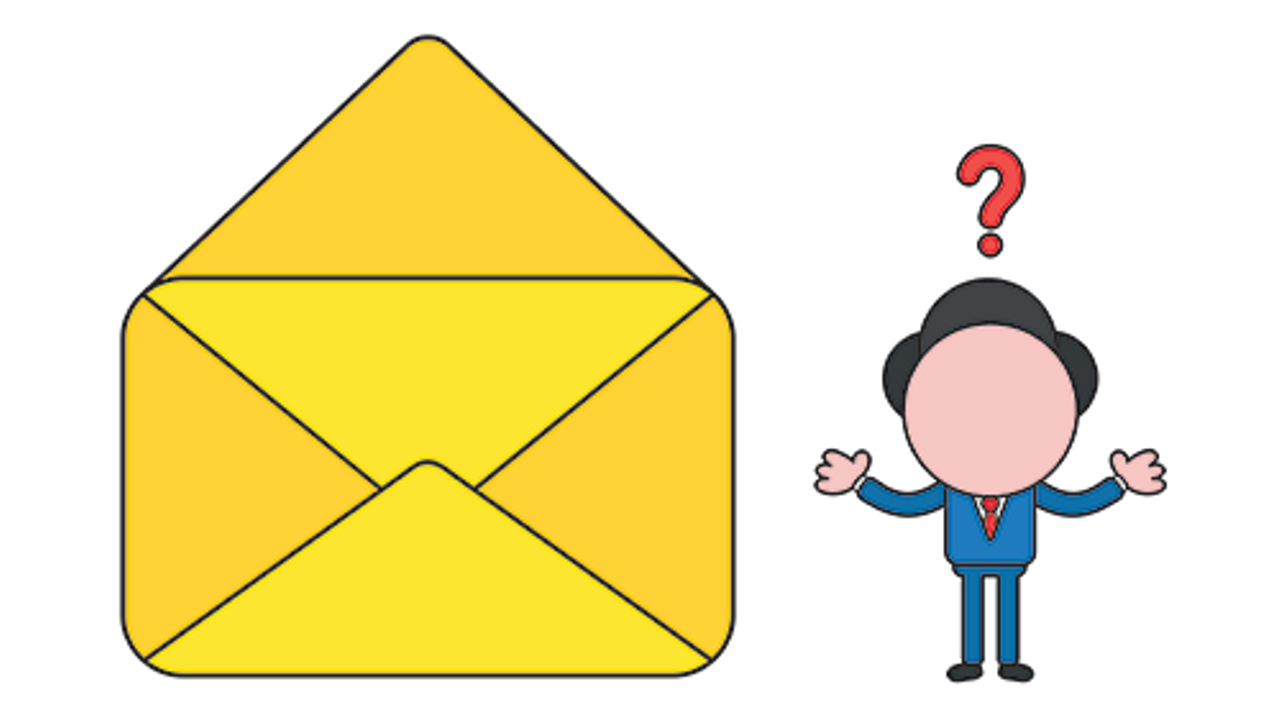Brand messaging is one of the most critical components of your marketing. Carefully crafting an impactful message directed at a defined audience is always worth the time and effort. Whether it’s a website, press release, blog post or sales collateral, all your marketing should align with your messaging pillars. To optimize your messaging, consider these four brand messaging questions.
1. What Problem Does Your Offering Solve?
Your message is the hallmark of your marketing. While it’s not uncommon to have different messages for different markets, it is important to consistently focus on specific messaging pillars. To answer the question of the problem your offering solves, consider your why. You introduced your product or service to the market to solve a problem or fulfill a need. Start there when developing your message. Define what you do and why you do it. Understand where your organization fits in compared to competitors. Why does your company solve the problem better than the alternatives? What do you do better than competitors?
2. What Are Your Business Values?
As individuals, we all have core values. The same applies to your business. What do you want your business to stand for? What core values do you want to establish and follow? There are likely many core values you can use to support your message but try to narrow it down to a couple of words or phrases. Not enough descriptors can keep prospects guessing, but too many can be overwhelming to prospects trying to learn more and get a feel for what you have to offer. For example, your core values could include words or phrases like results-oriented, flexible, always do the right thing or customer first. Keeping it simple, relevant and authentic will help you clearly communicate to your target audience.
3. Who Is Your Target Audience?
Understanding your audiences and what is important to them will help you develop an effective message. What motivates or triggers your audiences to make decisions or take action? Are they looking for value, quality or something else? Where they are in their buyers journeys should also guide the messaging they are receiving. Prospects who are in the beginning of the buyer’s journey—researching options and becoming familiar with products—might not be ready to see messages that are geared toward those in the decision stage and ready to choose a product or service to purchase. You can’t be all things to all people, so make sure your brand messaging focuses on your target audience and caters to where they are in their buyer’s journey.
4. What Makes Your Organization Unique?
Part of getting brand messaging right is determining how your business stands apart from your competition and answering the key question of what makes your organization unique. Your unique value proposition should be an important part of your marketing message. Stand out in the crowd and give people a reason to do business with you instead of the competition. Focus on the unique experience your product or service offers, the ease of use or how your offering can save time and money.
Additional Considerations
- Consistency: Be consistent. Changing your message frequently can be confusing and misleading for your audience and even current clients or customers. A consistent message is easily remembered and will continue to resonate with repetition over time.
- Deliver: When developing a messaging statement or defining a core value, ensure you can deliver on what you are promising. If you have a core value that speaks to being flexible and timely, your organization needs to do just that when interacting with prospects and customers.
- Communicate: Share your message with your whole team. This will keep messaging consistent across all your content and marketing efforts, increasing its effectiveness.
Messaging can be influenced by factors including target audience, the buyer’s journey, your organizational core values and more. It’s essential to consider all these aspects when developing your messaging and answer these brand messaging questions.
Do you have brand messaging questions you want to answer? Are you ready to develop your brand messaging framework but don’t know where to start? Register for our Create Better Brand Messaging for Better Business Outcomes course. This course guides you, step-by-step, in how to lay the foundation for a brand that’s cohesive, resonant and enduring, driving action from your targets and better business outcomes.

